
There are aspects of life that, no matter how much one can learn about them from a book, have a truly profound impact when experienced firsthand. In 2015, I found myself in an office job that I initially approached with great enthusiasm. While the pay wasn’t substantial, I considered myself fortunate as I was able to engage in what I loved the most: content creation.
However, in July of that year, my country experienced an inflation rate exceeding 50% per month, marking the onset of a significant crisis. It’s not that Venezuela was thriving before this; in fact, the country had been grappling with challenges for an extended period. Bringing it into perspective, do you remember the 1999 horror classic, ‘The Blair Witch Project’? Well, that July felt like the first night teenagers spend in the woods – grim, and the worst was yet to come. Three years later, in July 2018 (I reference 2018 because, in September of that year, I decided to emigrate), things had worsened. By 2019, the data reflected an even bleaker picture with an inflation rate surpassing 80,000% year-on-year. This is the outcome when our beloved politicians engage in a tug-of-war with the law of gravity. Inflation is a monetary phenomenon, that’s the case everywhere.
That was something I had never seen; I had read a little about the hyperinflation of Germany in the 1920s and the case of Argentina in the late ’80s, but experiencing it is something that, in one way or another, will remain with you forever. Salaries were pulverized – thousands of people quit to earn a living in other legitimate ways since it no longer made sense to invest more than 8 hours of your time, daily, in an office.
Debts melted like ice in the Sahara desert; there were bills scattered along entire streets – no one wanted them, they were, literally, garbage. The press recorded cases of retirees who died from starvation – I saw elderly people crying in the supermarkets because they couldn’t buy anything as prices went up in a matter of hours. The government did not stop giving salary increases by decree and went so far as to remove zeros from the currency, but, as those most knowledgeable in economics know, these measures are of no use. The only way to stop inflation is to lower public spending and stop issuing paper money.
But why am I telling you all this? Is my intention to evoke sympathy? Not at all. This is just the beginning of an article in which we seek to reflect on how cryptocurrencies have the potential to change lives. In March 2017, I secured a remote job where I would receive my payments in Bitcoin, and by July of that year, I obtained another one – eventually landing a third in November –.
There was no turning back. I started learning everything I could about Blockchain and cryptocurrencies, not only because, living in such a context, receiving money with the potential for value appreciation was a blessing, but because I discovered an incredibly exciting world. Overnight, I was able to save money, and household expenses were no longer a problem. Of course, I didn’t live like royalty, but I could afford a routine that, in my homeland, became a luxury: eating three times a day. Indeed, in such a desperate situation, cryptocurrencies emerged as a refuge for many people in the country; in fact, it was during that time when Venezuela entered the TOP 5 of the countries with the highest trading volume on the now-defunct LocalBitcoins.
Get ready, because today you’re going to learn about people whose lives were transformed by crypto. You will understand, from a very human perspective, how these digital assets can be the cornerstone of truly transformative stories.
1. Mauricio Di Bartolomeo, co-founder of Ledn, a crypto lending company based in Ontario, Canada.
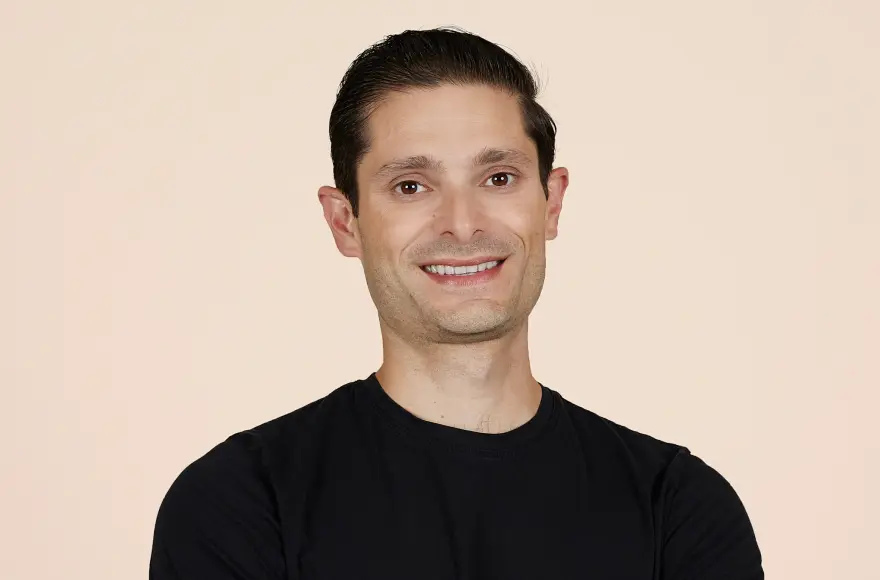
Mauricio is a Venezuelan who was introduced to crypto in 2014. During that period, he was persuaded by his younger brother, who opted to initiate a mining business in Venezuela. While numerous individuals started selling their properties and navigating the bureaucracy to leave the country, Mauricio became intrigued by the growth of his brother’s business. Eventually, he chose to immerse himself in this world. After learning how to exchange bitcoin for bolivars – the local currency of the country – through a cryptocurrency exchange, he became captivated by this technology.
Following his brother’s lead, Mauricio decided to venture into mining. However, between 2015-2016, Venezuelan government officials began to threaten and extort people who, within the law, were dedicated to mining cryptocurrencies. The situation became so hostile that Mauricio decided to close his operations in Venezuela and move his mining equipment to Canada. There, realizing that banks do not consider Bitcoin an asset, he saw the opportunity to launch the first BTC-backed loan. The venture became profitable, and by mid-2017, he co-founded Ledn with his partner Adam Reeds. By mid-2022, Ledn was already a company valued at more than $500 million.
Ledn currently offers savings accounts that enable users to earn interest on assets such as USDC, USDT, ETH, and BTC. They also provide Dual Cryptocurrency Notes (Ledn NDCs), allowing users to earn high fixed-term interest on BTC or USD. Additionally, Ledn offers simple exchanges between BTC and USDC, among other services.
“I witnessed how BTC was used to hedge against inflation in an extremely hostile and antagonistic environment, where obtaining dollars was nearly impossible. We regard Bitcoin as the ultimate asset in the world”.
-Mauricio Di Bartolomeo.
2. Tommy and James, from Westchester, New York.
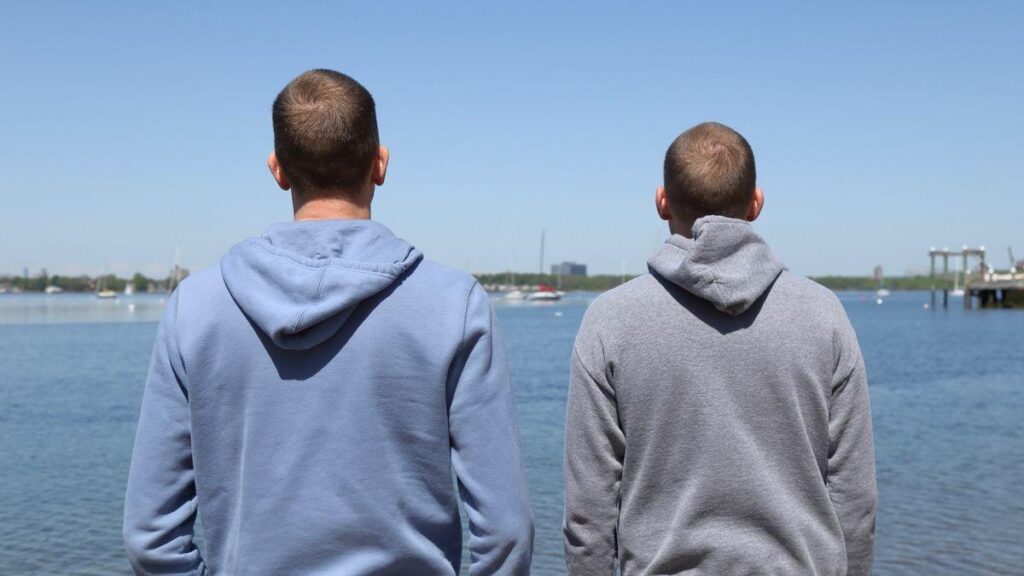
In a bid to safeguard their privacy, both brothers abstained from disclosing their last names to the press.
The lives of these entrepreneurs from New York changed overnight when, on April 17, 2021, they woke up to the news that they had become millionaires. How did this happen? It turns out that both brothers were previously dedicated to filming weddings until the COVID-19 pandemic hit their business hard. In February 2021, Tommy and James decided to invest $200 each in Shiba Inu.
The gamble was not very risky. Tommy, one of the brothers, stated in 2021 that if Shiba Inu fell to zero, the loss would not result in a ruined life or anything similar. Less than two months later, both Tommy and his brother had become millionaires.
Initially, they convinced their mother and sister to invest $100 each. After noticing an increase of more than 300% in just a few days, both of them reinvested the same amount. Other family members also became interested, and the entire group ended up investing almost $8,000. As Shiba Inu continued to rise, the investment soon exceeded $100,000, then $700,000, and finally broke the million-dollar barrier. In the end, the family amassed a profit of almost $9 million.
“I thought if it went down to zero, I was fine. I thought of it as a lottery ticket that didn’t expire. The day it hit the million mark, my mother and sister didn’t think it was real”.
-Tommy, from Westchester.
3. Erik Finman, one of the youngest millionaires in the world.

It all began when a young man from Idaho was intrigued by a t-shirt that someone wore at a protest, featuring a prominent B symbol. It was there that he first learned about Bitcoin. Later on, at the age of 12, Erik approached his brother Scott for assistance in investing some dollars that his grandmother had given him. At the start of this venture, the value of Bitcoin was $12 per coin. He purchased 100 bitcoins, which, at the time of writing, are now equivalent to USD 4,287,300.
Erik, who has emphasized on multiple occasions that traditional education wasn’t suitable for him, made a wager with his parents many years ago. He bet that if, by the age of 18, he possessed 1 million dollars, he would be allowed to forgo college.
In 2014, Erik used his earnings to kickstart an educational platform called Botangle. The platform aimed to link up students with professionals in various subjects like math, art, and languages, all through video conferencing. Just a year later, an investor approached Erik and bought the rights to a portion of Botangle’s technology. With that money, Finman managed to snag 300 bitcoins. Today, that stash is worth USD 12,870.00.
It is estimated that his current assets hover around $10 million.
“The rise of cryptocurrencies is unstoppable. People will keep investing, and their emotional connection with digital currencies will grow”
-Erik Finman.
4. Kristoffer Koch, from Norway.
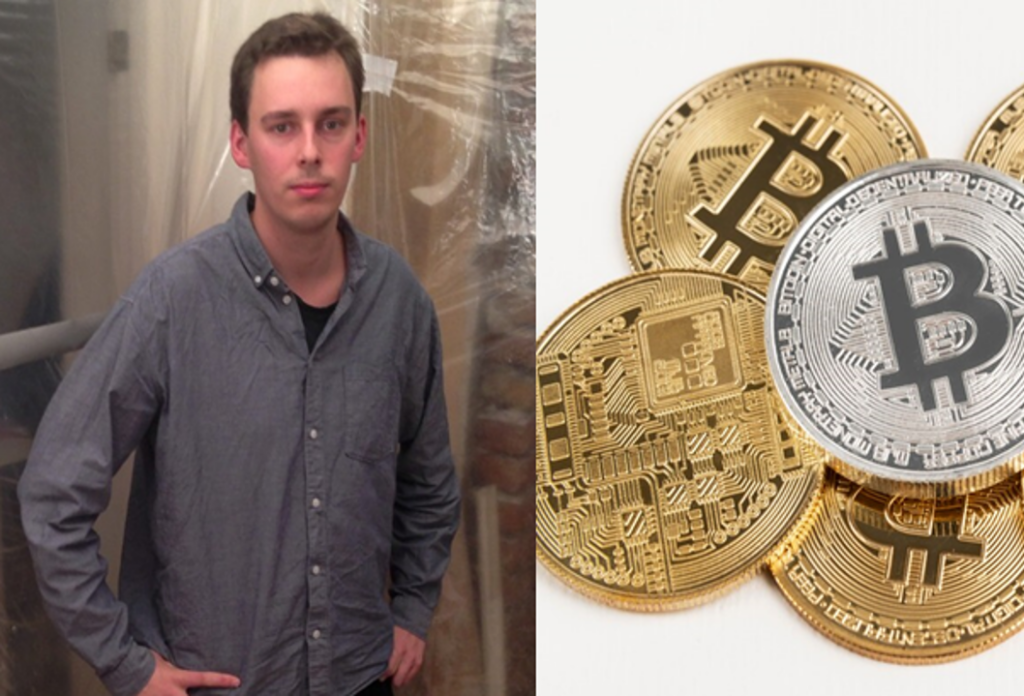
Some people argue that university education globally is losing quality. Professionals in different fields have presented detailed reports to support their arguments, expressing that today there are much more practical ways to find profitable career opportunities. However, that is a debate for another time. The only thing truly certain is that a university education changed Kristoffer Koch’s life.
In 2009, as part of his senior thesis on Internet encryption, Koch invested around $27 in 5,000 bitcoins. After completing his thesis, he moved on with his life, essentially forgetting about that modest investment. Come 2013, the leading cryptocurrency had experienced significant growth, capturing headlines globally. It finally clicked in the young Norwegian’s mind, motivating him to search for the key to the system where he had stashed those funds. To his surprise, the money had ballooned to a staggering $886,000.
Kristoffer sold 4,000 of his 5,000 bitcoins to buy an apartment in Oslo. Although today those 4,000 bitcoins have a value of 171,440,000 USD, Kris had about 1,000 BTC left, which is already worth 42,860,000 USD. With that remaining money, our beloved protagonist has been able to capitalize on profits to this day.
“Never in my wildest dreams would I have imagined those cryptocurrencies would surge like this”.
-Kristoffer Koch.
5. Kane Ellis, from Australia.
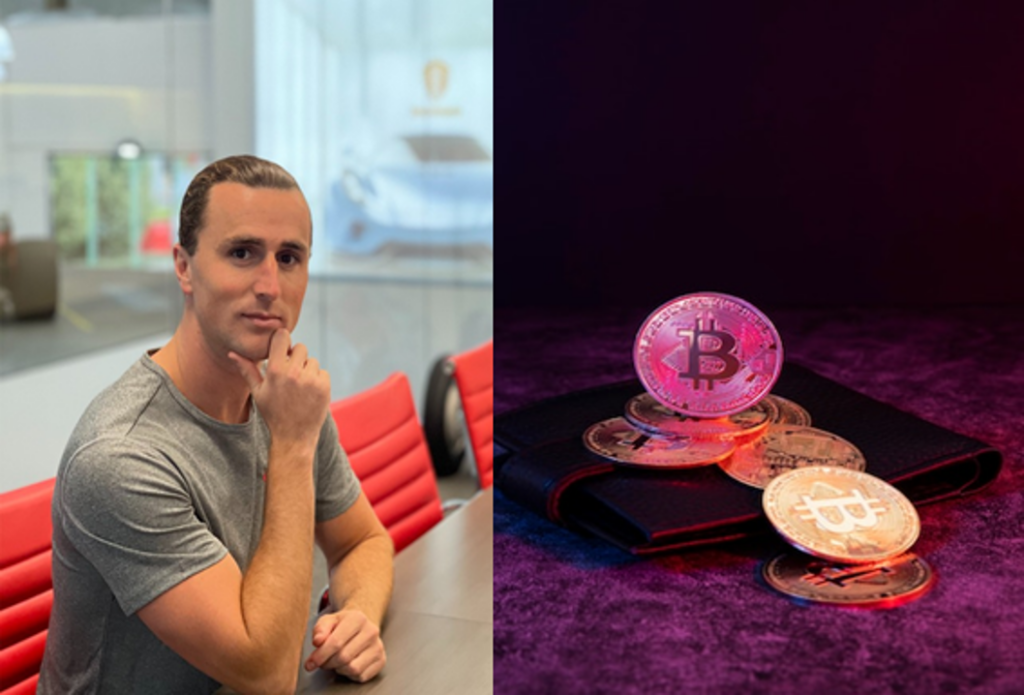
In 2011, this young man from Australia – who had dropped out of high school and was working in IT – learned how to mine cryptocurrencies. He began by configuring his personal computer to perform the task while he was at his main job. At that time, Kane earned less than $10 a day through mining – on one occasion, he even paid for a meal at McDonald’s using 4 bitcoins, which is currently equivalent to $172,472. Fortunately, Bitcoin began to rise, and the profits allowed him to start his own business. In his early 30s, Kane owns CarSwap, an online marketplace for car buyers and sellers. He has done so well that at the age of 24, he was able to buy the exotic car of his dreams, a Maserati MC Sportline.
“Keep your Bitcoins. Don’t come in thinking it’s a short-term investment; it’s a long-term thing. Two, five, ten years”.
-Kane Ellis.
6. Lea Thompson, influencer.
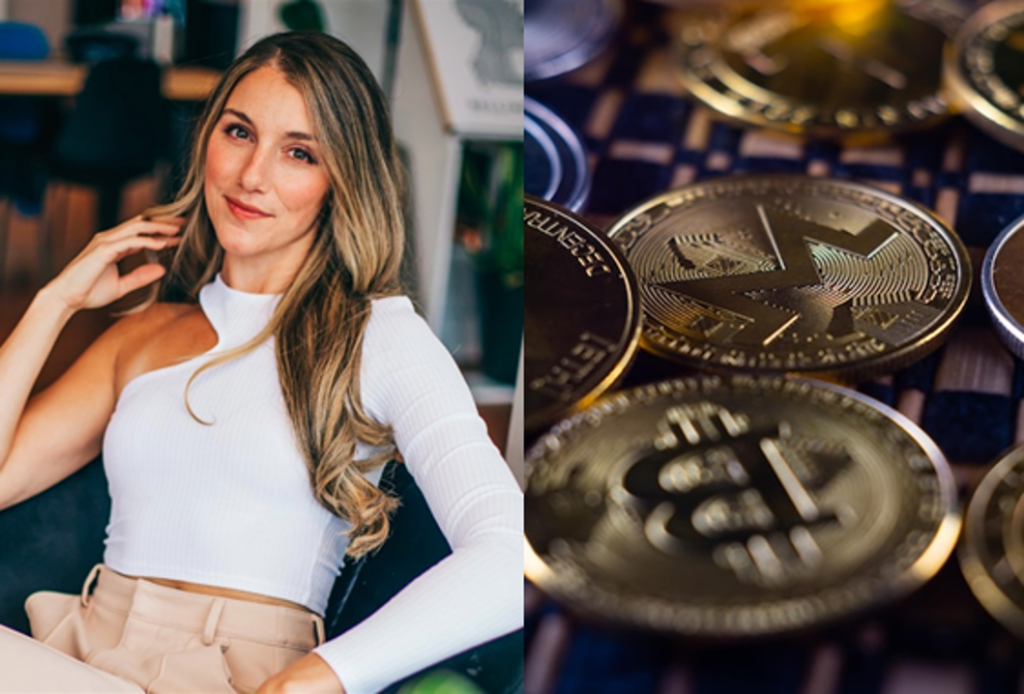
Leah learned about crypto when she started visiting a friend in Seattle and noticed there were a ton of computers and equipment set up throughout the apartment. In 2017, motivated by what she perceived as limited income – she was dedicated to sales in the technology industry – she decided to immerse herself in the Blockchain world and began learning everything she could. Leah secured a job writing for a blog that paid her in cryptocurrency, and gradually, she started investing between $500 and $1,000 a month in Bitcoin and Ethereum. Eventually, she was able to quit her day job and dedicate herself full-time to creating educational content about cryptocurrencies on social media. You can find her on X as Girl Gone Crypto.
“I felt much more secure leaving my daily job to spend my energy in a way that now seems limitless”.
-Leah Thompson.
Some individuals have taken chances on specific digital assets and found considerable success, but from a broader perspective, it’s important to acknowledge that mere investment in cryptocurrencies doesn’t guarantee success. There are numerous factors at play, including the individual’s long-term vision, the effectiveness of capital management, and, of course, perseverance. However, the value of initiative should not be underestimated or belittled. It is incumbent upon us to educate ourselves sufficiently to identify occasions where a more progressive approach is warranted.
Now, we couldn’t miss the opportunity to update you on the culmination of several months of hard work. The beta version of Hamza, the pioneering decentralized e-commerce platform built on the LOAD protocol, is now live. This platform stands as a true exemplar of what Web 3.0 means and the capabilities embedded in the LOAD protocol: swift transactions and minimal fees using L2 Optimism, offering a unique DAO governance model and featuring multiple cryptocurrencies for robust negotiations between buyers and sellers. We are thrilled to introduce this revolutionary platform to the community, charting the course for the future of decentralized e-commerce.